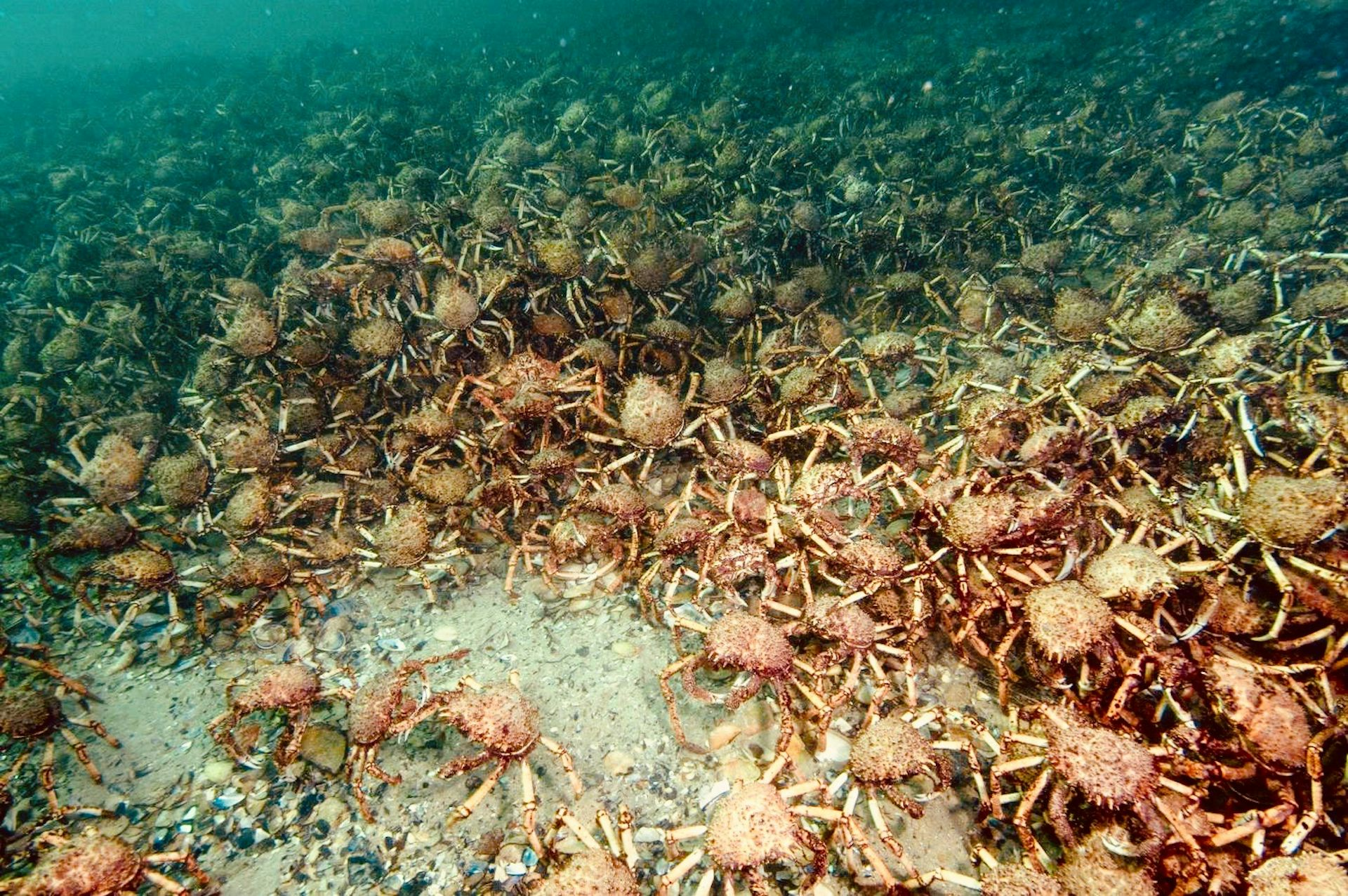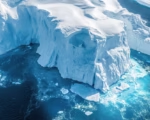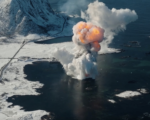Scientists have uncovered more evidence explaining the mysterious disappearance of billions of snow crabs from the Bering Sea in 2022. According to new research from the National Oceanic and Atmospheric Administration (NOAA), the sudden collapse of the population wasn’t due to overfishing, but to the region’s rapidly warming waters. These temperature shifts pushed the crabs’ metabolism into overdrive, leading to mass starvation.
A new study highlights that parts of the Bering Sea are transforming from Arctic to sub-Arctic conditions, an event now 200 times more likely due to human-induced climate change. This marks a drastic shift for the ecosystem, which has long been dependent on the frigid temperatures and icy waters that species like the snow crab require to thrive.
Snow crabs are an Arctic species that prefer waters below 2°C but can tolerate up to 12°C. However, a marine heat wave in 2018-2019 raised temperatures significantly, accelerating the crabs’ metabolism without providing enough food to sustain them. This caused the devastating population collapse, a blow to Alaska’s snow crab fishery, which once generated up to $227 million annually.
Beyond the crabs, the study signals a broader transformation of the region’s ecosystem. Warming waters and receding sea ice have begun to push traditional Arctic species out, while enabling new, warmer-water species like Pacific cod to move in, exacerbating the decline of snow crabs by preying on them.
This drastic change reflects the Arctic’s rapid warming, which scientists note is happening four times faster than the global average. Fisheries, once dependent on cold-water species, now face new challenges. NOAA’s researchers stress that the industry must quickly adapt to these ongoing environmental changes, incorporating new technologies such as drones and artificial intelligence to monitor shifting ecosystems.
The collapse of the snow crab population serves as a bellwether for what’s to come, underscoring the profound and wide-ranging impacts of climate change on both the environment and livelihoods in the region.


















